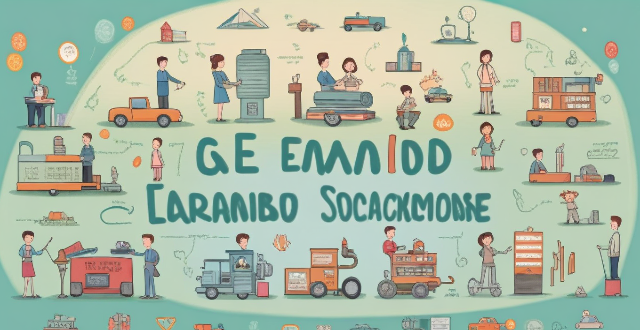Integrating remote education platforms with other educational tools and resources can enhance the learning experience by providing a more comprehensive and interactive environment. Methods of integration include API integrations, embedding content, webhooks and push notifications, and SSO and identity federation. These methods allow for seamless data sharing, easy sharing and collaboration on documents and multimedia files, real-time information from other services, and simplified login processes. The benefits of integration include an enhanced learning experience, time saving, improved accessibility, and data consolidation.

Integrating Remote Education Platforms with Other Educational Tools and Resources
Introduction
Remote education platforms have become an essential tool for learning in the modern era. These platforms allow educators and learners to connect from anywhere in the world, enabling a more flexible and accessible approach to education. However, the true power of these platforms is not just in their standalone capabilities but in how they integrate with other educational tools and resources. This integration can enhance the learning experience by providing a more comprehensive and interactive environment.
Integration Methods
1. API Integrations
Many remote education platforms offer Application Programming Interfaces (APIs) that allow them to connect with other software applications. This method is particularly useful for integrating with:
- Learning Management Systems (LMS): APIs enable seamless data sharing between the LMS and the remote platform, ensuring that grades, assignments, and course materials are always up to date.
- Cloud Storage Services: Integration with services like Google Drive or Dropbox allows easy sharing and collaboration on documents and multimedia files.
- Third-Party Apps: Connecting with apps like Quizlet or Kahoot! can enrich the learning experience by adding interactive elements to lessons.
2. Embedding Content
Remote education platforms often support embedding content directly into the interface. This feature is beneficial for incorporating:
- Videos: Educators can embed videos from platforms like YouTube or Vimeo to illustrate concepts visually.
- Interactive Maps: Tools like Google Maps can be embedded to provide geographical context in lessons.
- Online Quizzes: Embedding quizzes from dedicated quiz platforms can make assessments more engaging and interactive.
3. Webhooks and Push Notifications
Webhooks allow remote education platforms to receive real-time information from other services. This is particularly useful for:
- Attendance Tracking: Automated attendance systems can send updates to the platform when students join or leave a session.
- Assignment Submissions: Platforms can be notified when students submit assignments through third-party systems, ensuring timely grading.
4. SSO and Federation
Single Sign-On (SSO) and identity federation simplify the login process by allowing users to authenticate once and access multiple systems without re-entering credentials. This is essential for integrating with:
- School Infrastructure: Students and teachers can use their school-issued credentials to access the remote education platform.
- E-Library Services: Seamless access to e-books and research materials can be provided through integrated library systems.
Benefits of Integration
- Enhanced Learning Experience: Integrating various tools provides a richer, more interactive learning environment.
- Time Saving: Automated processes reduce administrative tasks for educators, giving them more time to focus on teaching.
- Improved Accessibility: By integrating with widely used services, barriers to entry are lowered, making education more accessible.
- Data Consolidation: Centralizing data across platforms simplifies tracking and analysis, aiding in better decision-making.
Conclusion
The integration of remote education platforms with other educational tools and resources is crucial for creating a dynamic and effective learning environment. Through methods like API integrations, embedding content, webhooks, and SSO, these platforms can build a cohesive network that supports both educators and learners. As we move forward, it will be exciting to see how further advancements in technology continue to shape the landscape of remote education.